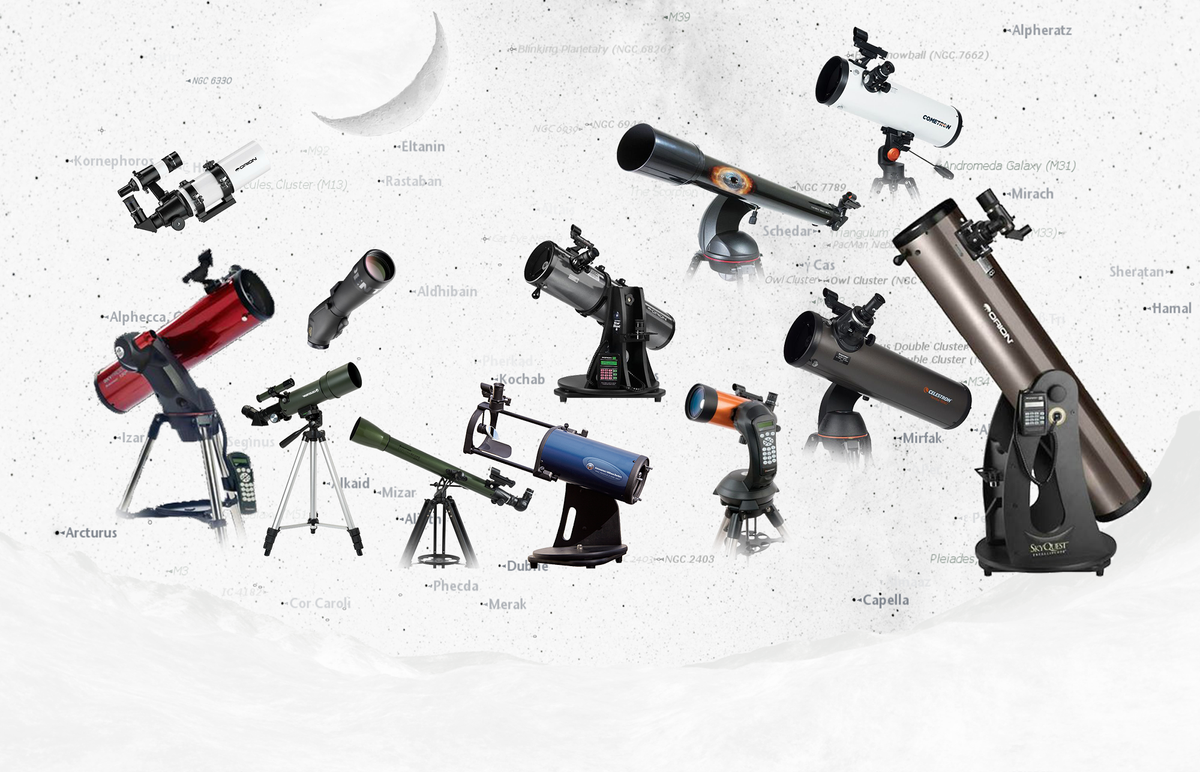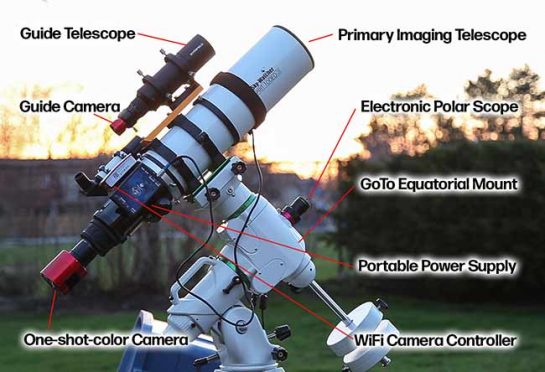

Compared to the twinkling of the stars we see with our naked eyes, the effects of poor astronomical seeing through a telescope are greatly amplified. When capturing planetary, lunar, or solar images, images can be greatly improved just by capturing them during periods of good astronomical seeing. Poor atmospheric seeing has a similar effect on our views of anything in outer space:Ītmospheric seeing's effect on the star Sirius Think of heat waves rising off of a hot road - it blurs and distorts the view. This is caused by turbulent air in the Earth's atmosphere, and it constantly affects planetary views and images.

Before we dive into what gear you need, we'll first cover a few fundamentals that every budding planetary imager needs to understand.Īstronomical seeing is the reason why stars appear to twinkle.

And the best part? You can capture all of it - with the right equipment, of course. The moon's different phases and craters keep it interesting, and the sun's surface is perpetually morphing, with sunspots, prominences, and even massive coronal mass ejections. Each planet also spins on its own, showing new surfaces all the time, and some disappear from our night sky for months on end. They get closer and farther away from us, with the closest pass known as an opposition. Unlike deep sky objects, the planets are constantly changing. In fact, every image you see in this blog post was captured from heavy light pollution by our talented affiliates and employees. One of the biggest allures to planetary imaging is that it doesn't matter how much light pollution you live in - you can still image the planets from anywhere because they're so bright. Don't worry, though! By the end of this blog post, you'll have a good understanding of what gear is best used for planetary imaging. Many beginners might be surprised to learn that the equipment used for planetary imaging can be vastly different than what is needed for deep sky imaging. Planetary imaging is a type of astrophotography, and differs from deep sky astrophotography in that its aim is to capture objects within our solar system. Planetary imaging is the practice of photographing the planets, sun, and moon within our solar system. But did you also know that with the right equipment, you can capture them in incredible detail, right from your very own home? In this blog post, we'll go over what you need to know and what gear you need to get started with the amazing hobby of planetary imaging. Have you ever looked up at the stars and seen one shining much brighter than all the rest? If so, there's a good chance you were looking at one of the planets in our own solar system. Selecting a region changes the language and/or content on System Family Portrait by Andrew McCarthy If you’re looking to create a deep sky photography rig for capturing detailed images of celestial bodies, you’ll need some more-advanced equipment - most likely an equatorial mount, a telescope, a guide telescope, and a few other pieces of necessary equipment.
ASTROPHOTOGRAPHY TELESCOPE FOR BEGINNERS ISO
“High-quality cameras that shoot ISO 6,400 and up are going to give you cleaner images.” Proper camera settings are key for succeeding in astrophotography. “If you want to do astrophotography or night photography, you want cameras with larger sensors,” says photographer Derek Boyd. It’s also a good idea to invest in a digital camera with high ISO potential. “If you want to do astrophotography or night photography, you want cameras with larger sensors.” And no matter what type of night sky photography you’ve chosen to shoot, a tripod is a must. While smartphone cameras are making enormous technological leaps, you’re going to want the benefits of a DSLR camera with interchangeable lenses. Once you’ve determined what type of photography you’re interested in, it’s time to get your tools together.


 0 kommentar(er)
0 kommentar(er)
